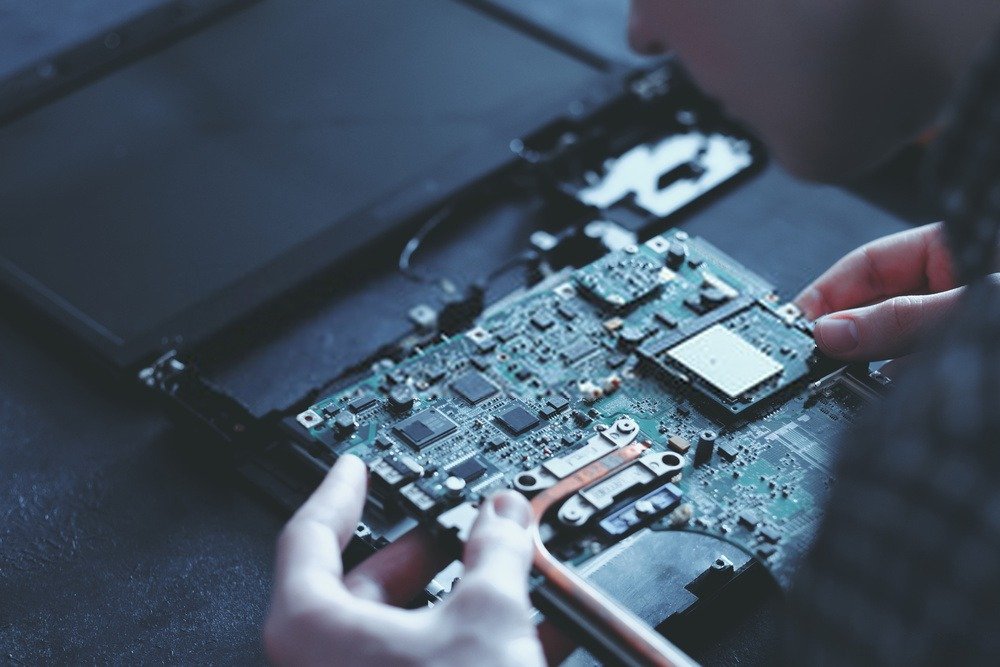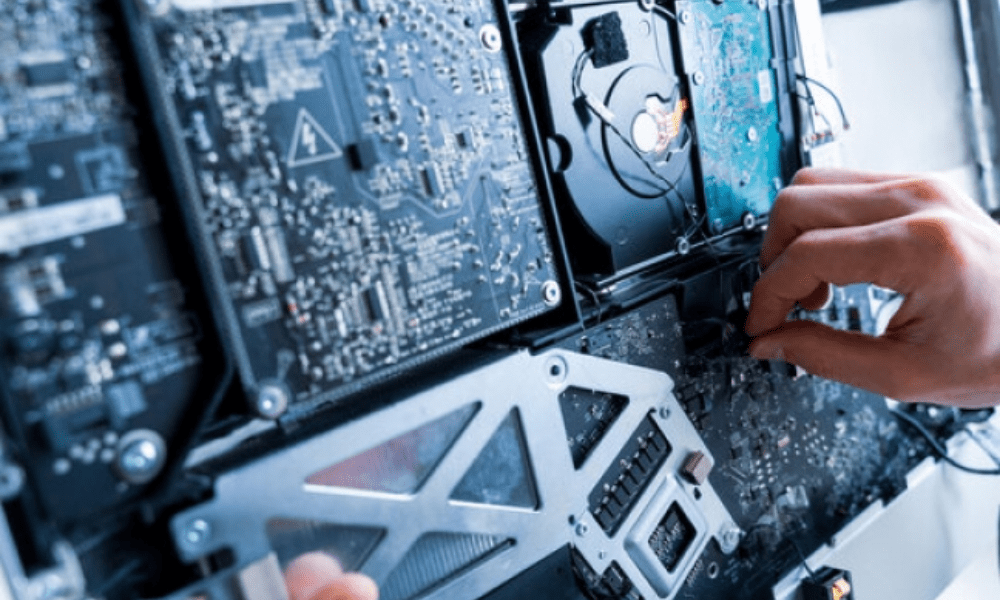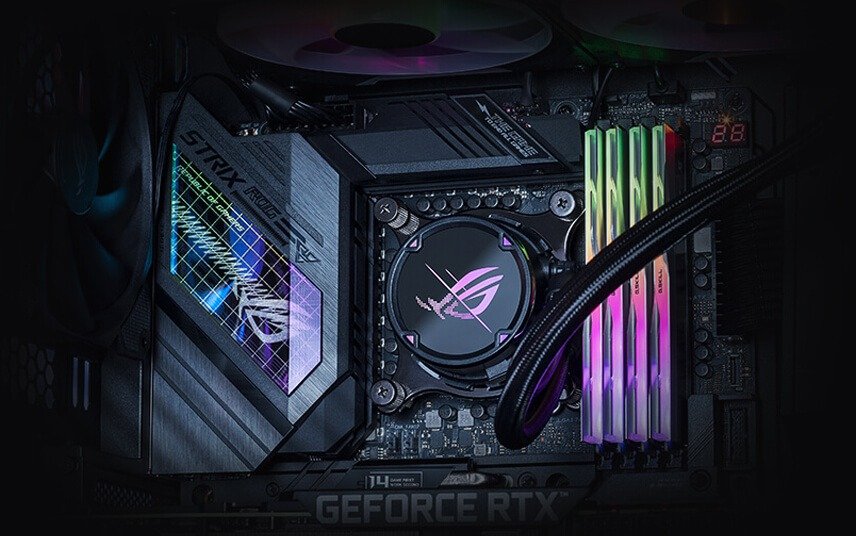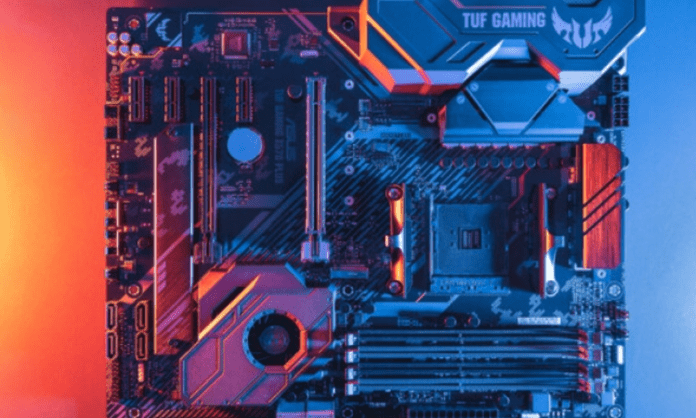At the heart of your computer is a crucial component that is often overlooked: the motherboard . This central circuit board houses the processor , RAM , graphics card , and other essential components, orchestrating their seamless communication to run your machine. But when should you consider replacing this key piece? Is it necessary to keep up with the latest technology trends or simply to boost the performance of your aging PC?
In this comprehensive article, we'll explore the telltale signs that a motherboard upgrade is necessary, while demystifying the technical aspects to guide you toward an informed decision. Whether you're a seasoned user or a computer novice , this guide will provide you with the information and tools needed to navigate the complex world of motherboards and make the right choice for your PC.
1. Telltale Signs of an Outdated Motherboard
Isn't your motherboard sending you distress signals? Watch for the following symptoms, which might indicate it's time to consider an upgrade:
- Hardware Incompatibility : Does your motherboard not support the latest processors, graphics cards, or memory modules? This can limit your future upgrade options and slow down your system's performance.
- Poor performance : Is your PC constantly lagging, even with simple tasks? Frequent crashes or endless loading times could be signs of an overloaded or outdated motherboard.

- Stability issues : Are you experiencing freezes , BSODs (blue screens of death), or random shutdowns? These stability issues can be caused by a faulty motherboard.
- Outdated Features : Is your motherboard missing modern features like USB-C ports, DDR4 RAM support, or NVMe connections? These technologies can significantly improve the speed and capabilities of your PC.
2. Understand the technical details: Aspects to consider when choosing a new motherboard
Now let's dive into the technical side of motherboard upgrade. Here are the key things to consider when choosing a new motherboard:
Format and socket
Make sure the new motherboard is compatible with your case form factor and processor socket. Common form factors include ATX , micro ATX, and mini-ITX.
Chipset

The motherboard chipset acts as a conductor, managing communication between the different components. Choose a recent chipset that supports your processor and offers the features you need.
Ports and Connectivity
Check the number and type of ports available, such as USB, HDMI, Ethernet, and SATA. Make sure they match your connectivity needs.
RAM
The motherboard must support the type and capacity of RAM you want to use. Check the available memory slots and their compatibility with the desired RAM technology ( DDR4 , DDR5 , etc.).
Overclocking functions
If you are planning to overclock your ram or processor, make sure the motherboard has the necessary features and cooling options.
3. How to change your motherboard step by step?

Caution : Before you begin, be sure to unplug your computer from the electrical outlet and remove all connected peripherals. Also discharge static electricity by touching a grounded metal object.
Step 1: Gather the Necessary Tools and Components
Before you begin the installation process, make sure you have everything you need on hand:
- New motherboard
- Phillips screwdriver
- New Motherboard User Manual
- User manual for your computer
- Anti-static wrist strap (optional)
Step 2: Open your computer case

- Locate the screws that hold the side panels of your computer case.
- Carefully remove the screws and store them in a safe place.
- Slide the side panels of the case and remove them completely.
Step 3: Remove the old motherboard

- Locate the screws that secure the motherboard to the case chassis.
- Carefully unscrew these screws and store them in a safe place.
- Identify the power supply connector on the motherboard (usually a 24-pin connector).
- Carefully disconnect the power supply connector from the motherboard .
- Disconnect all other cables and connectors connected to the motherboard, noting their locations for reconnection later.
- Gently grasp the motherboard by the edges and carefully lift it from the case chassis.
Step 4: Install the new motherboard
- Carefully align the new motherboard with the standoffs and screw holes on the case chassis.
- Carefully place the motherboard into the chassis.
- Screw the motherboard into the chassis using the screws you removed earlier.
- Reconnect the power supply connector to the motherboard .
- Reconnect any other cables and connectors that you disconnected, referring to your notes if necessary.
Step 5: Close the computer case

- Place the case side panels back onto the chassis.
- Screw in the side panels using the screws you removed earlier.
Step 6: Install OS and Drivers
- Turn on your computer and enter BIOS/UEFI.
- Change the BIOS/UEFI settings to match your new motherboard and processor.
- Save the changes and exit BIOS/UEFI.
- Install your operating system and necessary drivers for your new motherboard.
Congratulations ! You have successfully changed the motherboard of your computer. Enjoy the increased performance and improved features of your machine!



